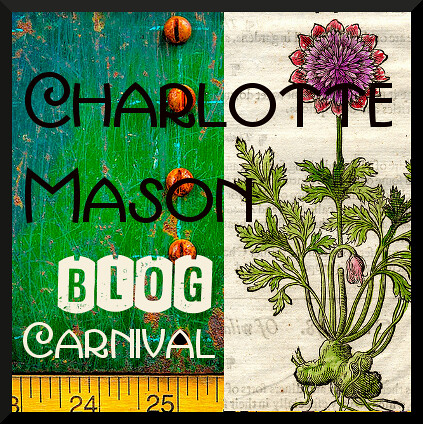
Wild Strawberry. These are edible, but they were surprisingly tasteless. At the time we weren't certain that's what they were, so we didn't eat any. I looked them up at home, and then ate one on a future visit. Here are a few sites:
*An image that looks a lot like the picture I took above.
*A video about wild strawberries.
*Another page about possible uses.

Fruit on Mom's dogwood tree. I didn't look up any links for this since I had Mom right there to tell me what it was. :)

This is a white pine my parents planted years ago. Mom says they're resistant to a lot of diseases that affect other similar trees, but they will get rust if they're planted near certain other plants. Pretty cool that they've been there long enough to see it grow so big.

Pokeberries. These took some searching to identify. Sadly, they are toxic to humans. At least in general. I guess there is a procedure some have followed for boiling the leaves repeatedly and then eating them, and there is some disagreement about the berries. Some say they really aren't toxic -- only the seeds are -- and some say the berries are toxic when raw but not if cooked. I'll probably just leave it alone.
Interesting fact: The Declaration of Independence was written with fermented pokeberry juice. You didn't know this was a history lesson, did you? Neither did I. ;)
Links:
*Someone else's picture, which helped me identify it.
*More information. Anybody who decides to taste-test any portion of this plant should probably do more extensive research, along with exercising caution and common sense. That's my disclaimer.


The children caught some frogs around the pond, and grandma kindly supplied a jar for their temporary home. They were pretty small and very active. It was hard to get a good look at them or a good picture of them. I'm not sure what kind they were. Thoughts?
Added 11/22/10: Someone kindly commented that these are cricket frogs, and that looks likely based on my limited research. They may be Blanchard's Cricket Frogs, Acris crepitans blanchardi. Here is a link for more information on this species:
http://mdc.mo.gov/discover-nature/field-guide/blanchards-cricket-frog
Share









I esp liked the Dec of Ind fact since we are studying civics this year!!! :)
ReplyDeletecricket frogs
ReplyDeleteThank you to whoever posted about the cricket frogs. It looks like you might be right, although I'd feel better about nailing it down for sure if I had better photos and/or listened to the sound these made again. They may be Blanchard's Cricket Frogs, specifically. I will add some info to the post about this species.
ReplyDeleteThanks for sharing this information. Awesome job. However, on the pokeberry plant I have an interesting story to share. I am 29 yrs old now and have eaten any since i was a kid but the stalk of the poke(that's what we always called it) is edible and tasty when battered and fried. Just thought I would share.
ReplyDeleteNice job on this story; however the Declaration of Independence wasn't written with pokeberry juice. The residue in Philip Syng's inkstand indicates that the Declaration was signed with iron gall ink. (Pokeberry ink was first formulated in 1815 by Laurence A. Washington of Buffalo, Virginia, as attested by numerous primary sources.)
ReplyDelete